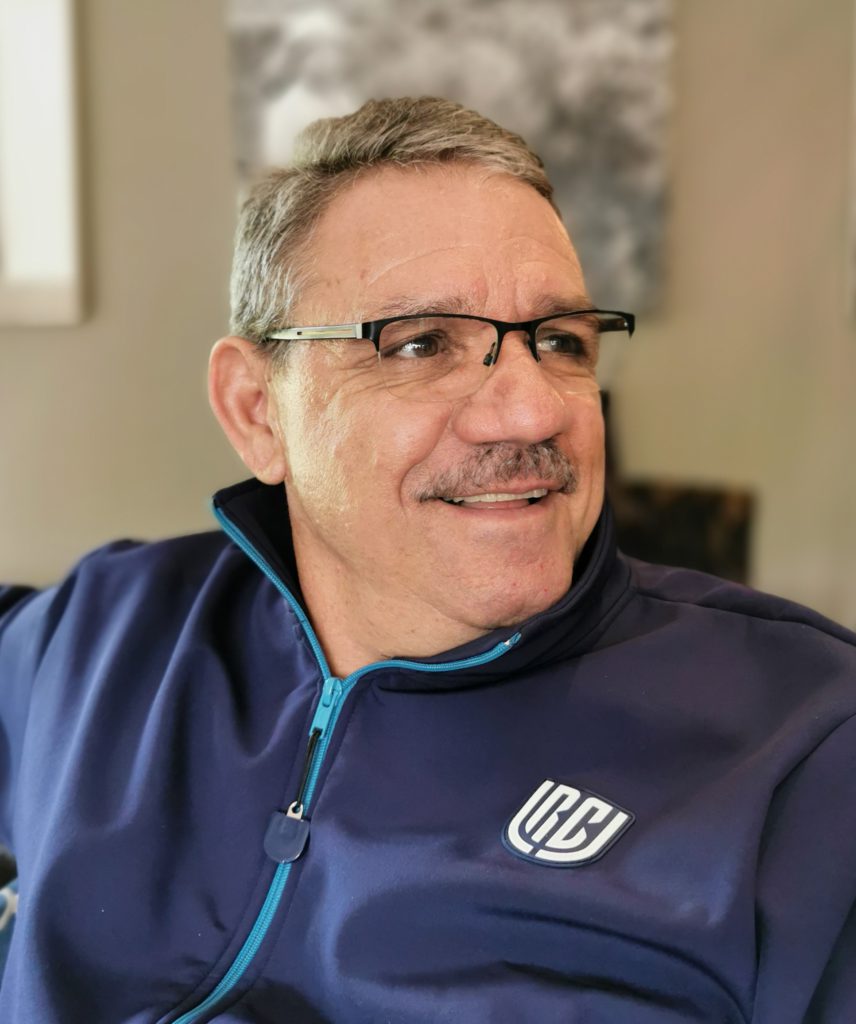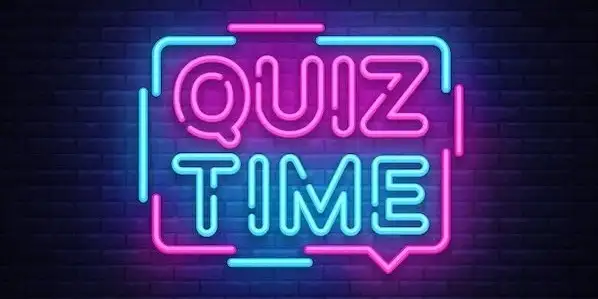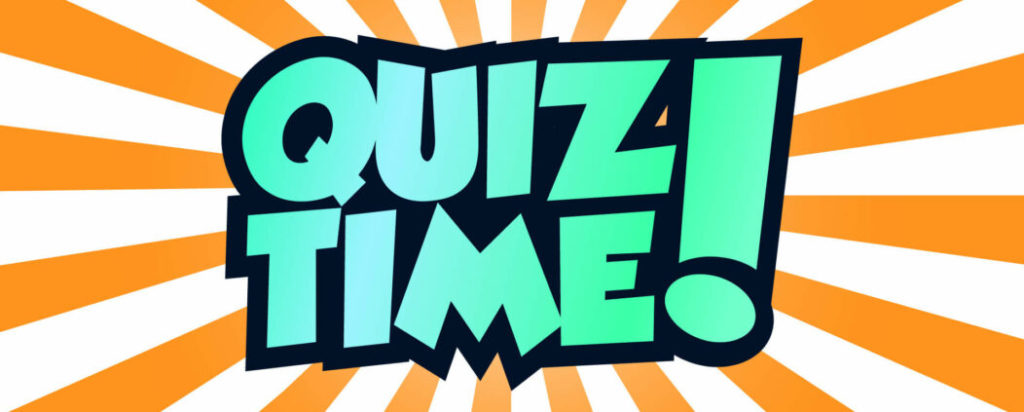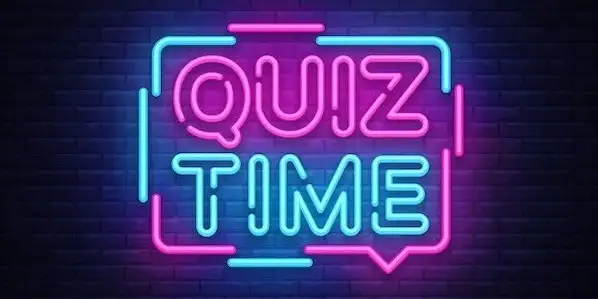Tappe Henning, the Head of Match Officials for the Vodacom United Rugby Championship, has given his referees 8 out of 10 for their performances in the first two rounds of this season’s competition. And he is confident it will only get better as he’s announced a plan designed specifically for this purpose and to improve the overall product of the competition.
This week Henning announced three steps that will be taken to keep improving the standard of refereeing in the Vodacom United Rugby Championship, including the formation of an independent referee selection panel, the appointment of a set-piece analyst to assist referees, and a referee and TMO pairing system.
“We’ve changed the structure in how we review our match officials’ performances. In the past it was done by the five high performance referee managers from each union and we reviewed the performances and wrote assessments. We have now switched to four independent selectors (not directly involved in the unions) as a selectors’ panel who do those reviews, with me as the chairman of that group. The four are Nigel Owens (Wales), George Clancy (Ireland), Stuart Berry (South Africa) and Neil Paterson (Scotland). We’ve aligned that to the model that World Rugby is using. The idea is to bring a fresh pair of eyes and thinking into the system. The aim within the next three to five years is to develop a group of elite match officials selected on merit,” said Henning.
“It’s also important for us to improve our referees’ knowledge all the time, which will lead to stronger decision making and more accuracy in decision making. We have appointed ex-Scotland international Steve Scott as our set-piece analyst who will focus specifically on the performance of referees at each and every scrum and lineout and maul. This is to improve their understanding of those phases of play and for them to make better decisions. Steve’s role will also be to engage with the forwards coaches of the clubs to discuss matters they raise and to be our link so that we develop a better understanding between referees and clubs and greater consistency from the match officials’ side.
“And then, as with teams where pairing players in certain positions brings good results, it’s the same for us in our refereeing environment, specifically with the referee and the TMO. Our aim is to appoint the referee and TMO in pairings so the more they work together the better they become, and the less time it will take to make decisions. And to even get to a point where the TMO can also make live calls without stopping the game – to build that confidence between those two individuals. I must stress, though, the TMO’s role is to bring fairness to the game and decisions and not perfection to the referee’s performance. It’s a support role for the fairness over 80 minutes of decision making.”
Henning said the overall goal of all of these strategies is to close the gap between the laws of the game and the referees’ delivery of a decision.
“The delivery of the decision must be understandable to players and fans. The role of the modern referee is to deliver your decision in a way that people understand.”













